
Lot 30
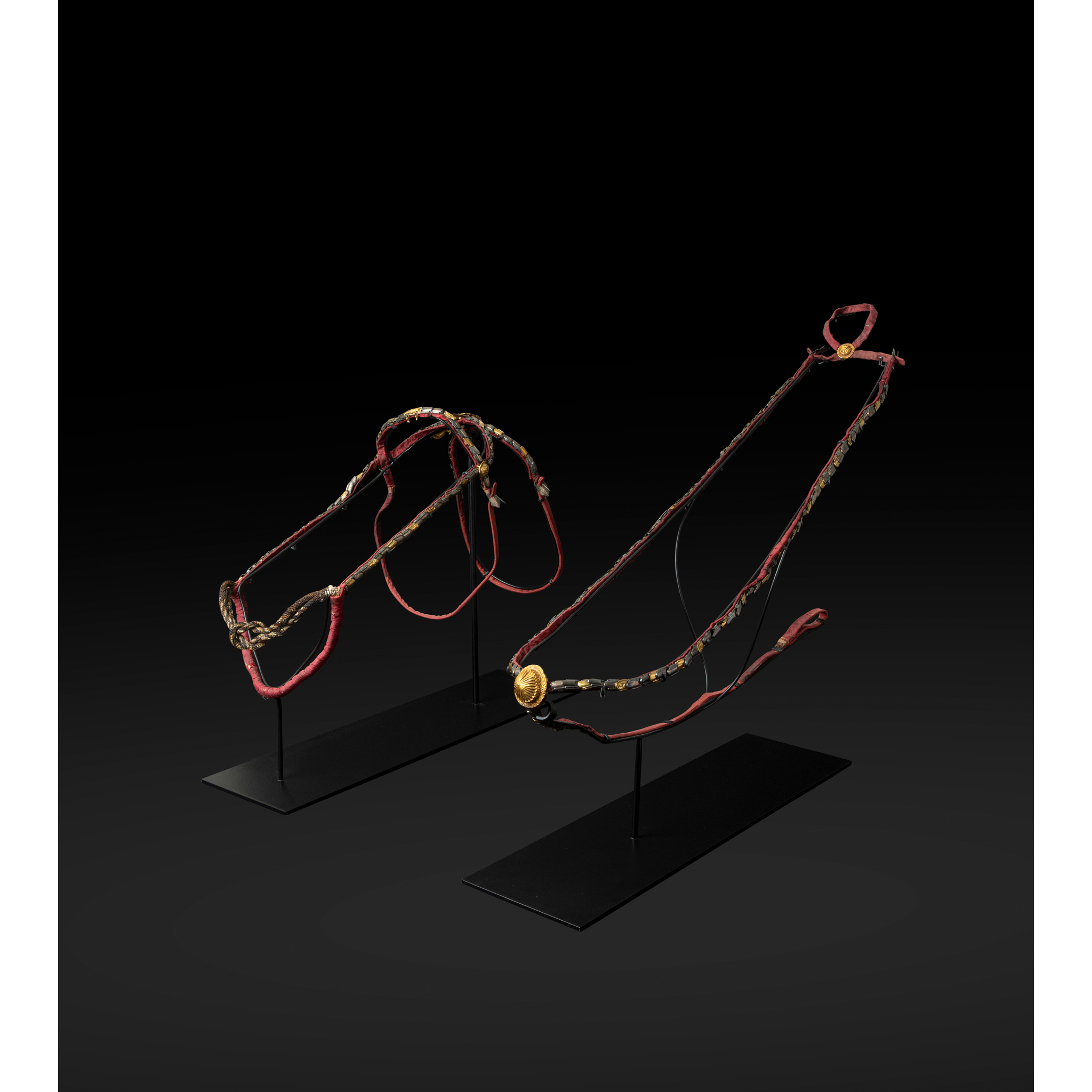
A RARE AND IMPORTANT MATCHING BRIDLE AND BREASTPLATE MOUNTED IN GOLD AND SILVER
PERSIA OR CENTRAL ASIA, 17th/ EARLY 18th CENTURY
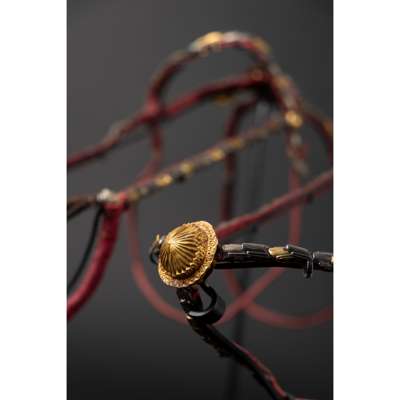
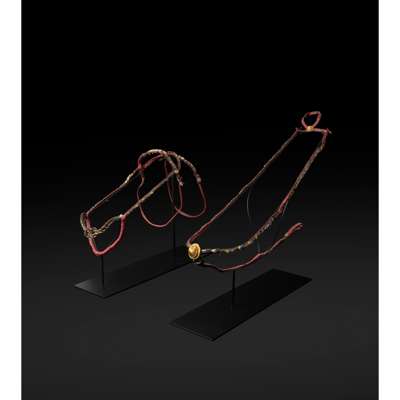
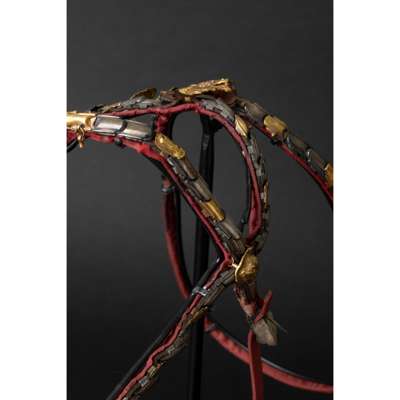
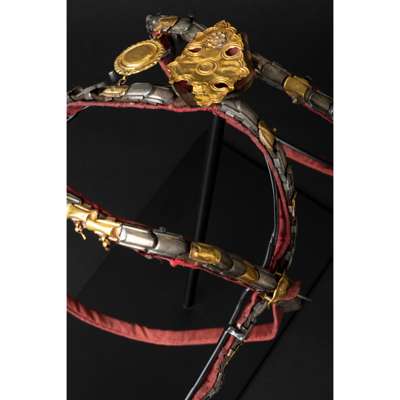
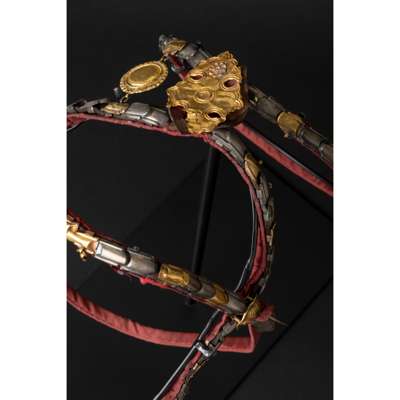

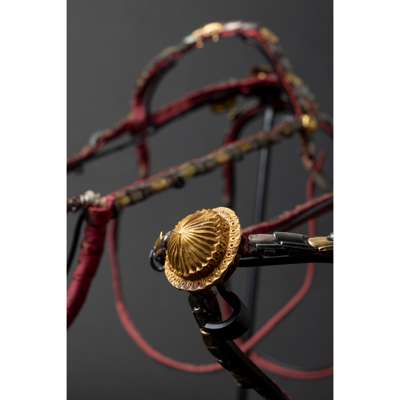
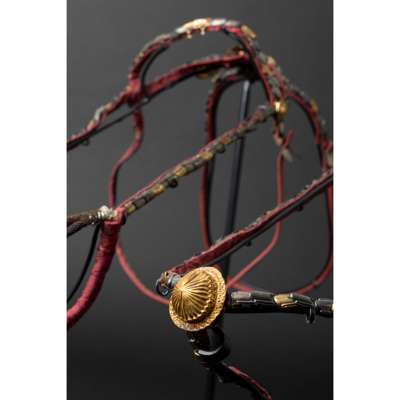
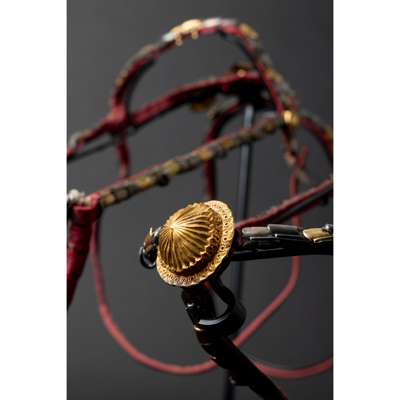
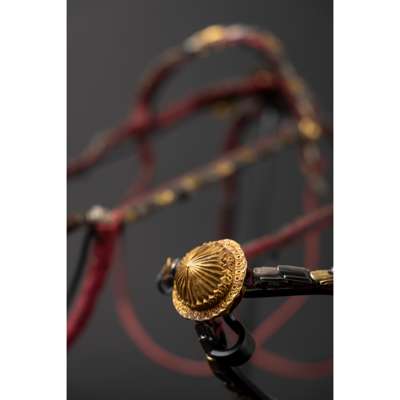


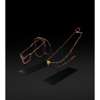
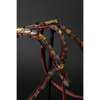
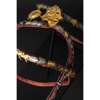
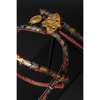
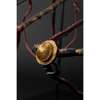
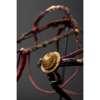
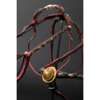
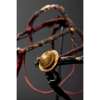
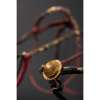
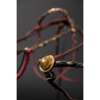
Auction: Islamic Art | Lots 1 to 66 | 12 June at 10am
Description
mounted on morocco lined red silk, the brow, head and cheek bands composed of 23 karat gold and silver interlocking elements with ridged sides, within a consecutive order of two silver elements to one gold element, the neck-band at its attachment to the brow-band decorated with repoussé gold roundels, the top of the headband mounted with a cartouche-shaped gold plaque with a small raised flower head at the centre, an additional gold medallion attached to the same area, the throat-latch of braided silk and metallic thread; the breastplate similarly mounted with 23 karat gold and silver plaques, in the same order as the bridle, each element ridged at the sides, the breast plate decorated with a large repousse gold ridged boss, and at the high neck end with a further gold medallion, the lower breastplate straps equally decorated with interlocking gold and silver elements
Accompanied by an XRF report on the analysis of the gold. Please ask the department for more details.
Dimensions
bridle; 56cm (22in) long, 50cm (19 ¾in) high; breastplate 73cm (28 ¾in) long, 65cm (25.5in) high
Provenance
Newbattle Abbey, Midlothian, since 1937.
Acquired, Lyon and Turnbull, Five Centuries Sale, 5th February 2020, lot 15.
Footnote
Note:
Horses have long played a central role in the culture of Central Asia, from long before the arrival of Islam up until the present day, acting as mounts for hunting, fighting, and polo or buzkashi among other uses [William Greenwood, The Hunt: Princely Pursuits in Islamic Lands, Milan: 2015, p. 21]. The present bridle and breastplate are a rare addition to a small group of extant 17-18th century Central Asian horse trappings which act as witnesses to the material culture of horsemanship in the region. The use of high-quality gold demonstrates the great value given to these pieces and indicates that they were probably produced for a member of the ruling elite. Ownership of fine horses, and the resources to deck them in finery such as this, would have been the prerogative of only the wealthiest in society.
A comparison for the present pieces is a bridle mounted in gold and set with precious stones in the main Armoury of The Moscow Kremlin Museum, gifted to Tsar Mikhail Fedorovich in 1641 by Shah Safi of Iran [Dr. I. Vishnevskaya, The Tsars and the East, Arthur M Sackler Gallery, Washington, 2009, no. 18]. A somewhat less luxurious Central Asian bridle with a similar cartouche-shaped plaque, mounted only in silver, is held in the British Museum [As1973,09.16].





















